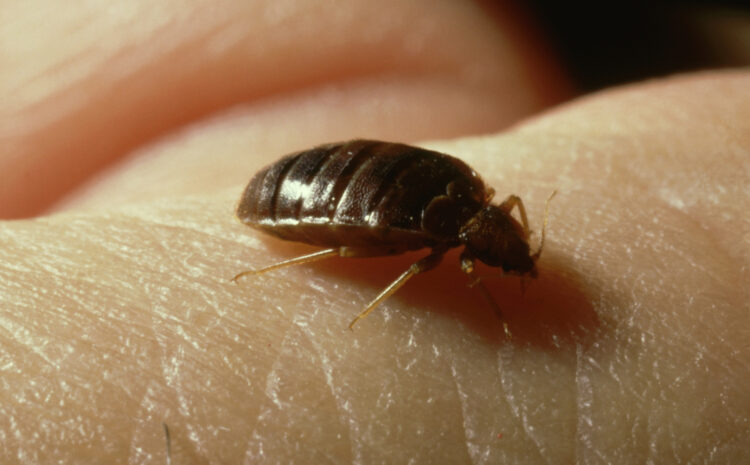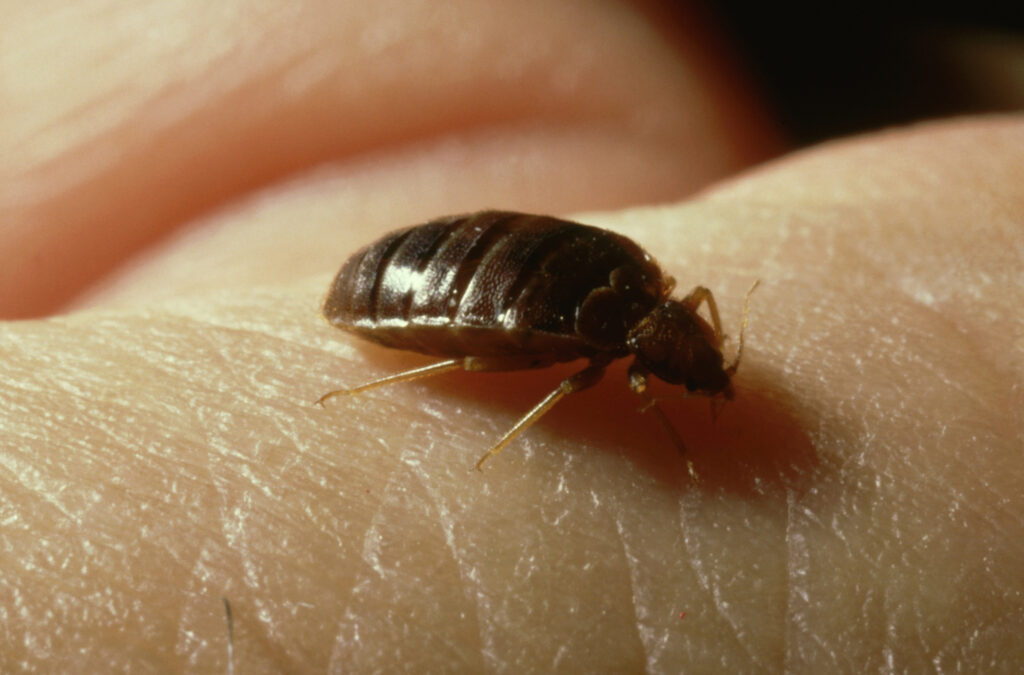
How to Combat Bed Bugs
How to Combat Bed Bugs

Bed bugs have been an issue in the United States for quite a while now. They are known to feed on human hosts, leaving itch bites on the skin. The Environmental Protection Agency, the Centers for Disease Control and Prevention, and the United States Department of Agriculture all classify bed bugs are a public health issue. However, while that should remain a concern, especially if you have children, bed bugs are not known to help spread disease. However, this does not mean you should let your guard down. Bed bugs have become a significant issue in the United States, and once an infestation starts, it can be hard to eliminate. With the addition of their small size and their ability to stay hidden, they can be tough to find before it is too late. However, despite their elusiveness, there are ways to combat them.
On the Defensive
Bed bugs can hide in many places and have proven to be quite resilient, with some capable to live up to a year without feeding. By taking a few precautions, you can improve your chances of infestation or eliminating a current one. When trying to prevent a bed bug infestation be sure to:
- Inspect second-hand furniture before bringing it into your home.
- This is a step you should take to help avoid any kind of pest infestation. However, bed bugs are notorious for hitching rides. This includes inspecting a floor model at a furniture store or furniture that has been sitting outside. Make sure to examine the furniture before purchasing them thoroughly. If you have the slightest doubt, you are better off buying something else.
- When purchasing a mattress or box spring, use a protective cover for both (one that zips).
- This cover will not only eliminate the harder to see hiding spots but also, in the event of an infestation, allow for better visibility.
- Make sure to keep your home clutter-free, ensure fewer hiding places.
- Use caution when washing your clothes at a laundromat.
- Transport your clothes using a plastic bag (a trash bag for instance). Once you are done washing and drying, place those clothes directly into the bag. Do not fold them at the laundromat, you risk infecting yourself. Also, if you are currently dealing with an infestation, bring an extra bag with you, once you have washed and dried your clothes, place them in the second bag.
On the Offensive
If you are currently dealing with a bed bug infestation, there are steps you can take to deal with the issue yourself, although seeking help is recommended. With their ability to reproduce quickly, hide effectively, and resilience to many pesticides, bed bugs are formidable. Furthermore, your infestation and recovery may not be entirely up to you. In the event of the outbreak being a result of a dirty neighbor, you must focus more on the defensive side, once the infestation has been eliminated.
Before beginning your attack, plan! The EPA suggests that you:
- Identify the problem
- Inspect all areas of your home. This will help determine the level of the infestation
- If you live in an apartment, be sure to inform your landlord. Other flats will need to be inspected to help prevent a vicious circle from occurring.
- Develop a strategy
- Keep a detailed log of where pests have been found and where you have treated and cleared. Write down the date on which this occurred.
Remember to leave time for observation once you believe a place has been cleared. Keep a close eye over this location until you have 100% determined for it to be clean.
- Keep the infestation from expanding
- Remove anything from the room that has shown signs of infestation and places it in a sealed plastic bag. Treat the items in the bag and proceed to leave the items sealed away for an extended period (could be up to a year).
- Do not discard furniture if not needed. Although, if the infestation cannot be contained, or you would rather eliminate the risk altogether, discard the furniture responsibly. Mark the furniture with spray paint or rip the furniture with a knife to prevent others from bringing it into their home.
- Prepare for treatment
While it can be tempting, you cannot just jump into treatment. Before treating make sure you have:
- Reduced Clutter:
- Ensure your bed has been cleared from any signs of infestation and move it 6 inches away from the wall.
- Clean all items in the living area
- Eliminate bed bug habitats
- These could be electrical outlets, cracks in walls or wallpaper, or in the crevices of furniture.
- Reduced Clutter:
- Eliminate the bed bugs
First ensure the methods you choose are safe, especially if you have children.
- Consider non-chemical methods first:
- Heat: Bed bugs can only survive up to about 115° F. Therefore, try a steam cleaner, hairdryer, or even leaving securely sealed bags of items outside in the sun.
- Cold: If the freezer is set below 0° F you can use you can attempt this method.
- Consider non-chemical methods first:
While non-chemical methods are the safest way to treat this issue, chemicals will most likely need to be used in order to eradicate the infestation. It is highly recommended you seek professional guidance when using pesticides.
- Chemical Methods as a Last Resort:
- Pesticides: When looking at pesticides look for EPA-registered pesticides, and make sure that bed bugs are listed on the product.
- Foggers: Sometimes referred to as “Bug Bombs” are extremely dangerous and must be handled carefully. Improper use can cause explosions and harm.
- Desiccants: These are drying agents, and work by drying out the bug (permanently disabling them from developing a resistance to it)
- Do not use pool or food-grade diatomaceous earth – These can harm your health when breathed in
- Desiccants can be very useful yet can take a while to work
Prevention
Now that we have the bed bugs under control and eliminated, we must take prevention! Make sure you:
- Continue to check and clean your house for any signs of a return for at least a week.
- Ensure there are no eggs remaining
- Place interceptors at the feet of your furniture. These contain harmful chemicals, that when stepped in, will trap and kill the insect.
- Remain vigilant and practice cleanliness!
- This will help you not only with bed bugs but all types of insects.
If any of these methods worry you, confuse you, or you just have general questions, consider calling Accurate Pest Control. We will handle your bed bug issue with diligence and professionalism, placing your safety, and the safety of your family, as our top concern.
Need help finding out what kind of pest you are dealing with? Visit our Bug Dictionary where we outline numerous different pests to help you identify your specific bug!
